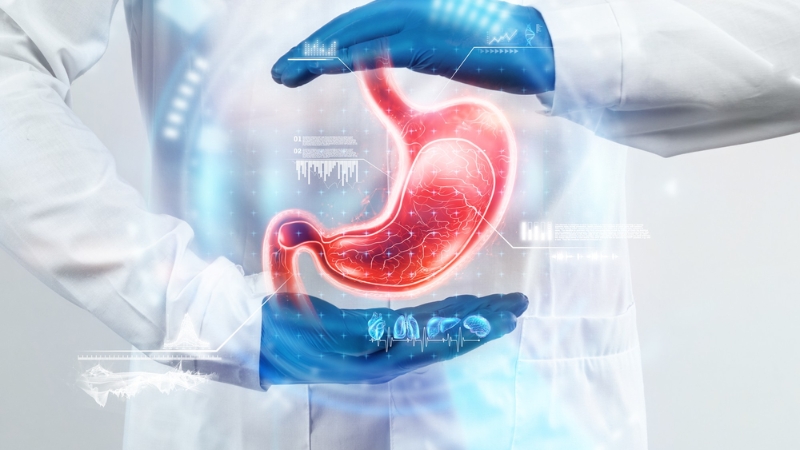Upper Endoscopy (EGD)"Comprehensive Examination for Digestive Health."

We specialize in Upper Endoscopy (EGD) at our medical center, providing a diagnostic treatment to check the upper gastrointestinal tract for a variety of medical issues. Our services are intended to be precise, comfortable for the patient, and quick in discovering health issues since we understand how important EGD is in recognizing and treating digestive problems. This section will discuss the importance of Upper Endoscopy (EGD), the conditions it can be used to diagnose, possible concerns, and the unique qualities that set us apart as a reliable source of top-notch gastrointestinal diagnostic services.
What Is Upper Endoscopy (EGD)?
A gastroenterologist can inspect the upper portion of the gastrointestinal tract, including the esophagus, stomach, and the duodenum, during an upper endoscopy, sometimes referred to as an esophagogastroduodenoscopy (EGD). An endoscope is a flexible, illuminated tube used in this surgery.
Why Is Upper Endoscopy (EGD) Necessary?
- Diagnosis of Gastrointestinal Conditions: For the diagnosis of a number of gastrointestinal disorders, such as tumors, ulcers, inflammation, and acid reflux, EGD is essential.
- Evaluation of Symptoms: It is used to look into symptoms like nausea, vomiting, trouble swallowing, and unexplained weight loss.
- Screening and Surveillance: In some groups, EGD is used for routine screening, and it is also used to follow those who have a history of gastrointestinal problems.
Possible Risks:
Although upper endoscopy is generally safe, there are some risks associated with any medical treatment, such as the potential for bleeding, infection, or sedative response. These are very low hazards, and the process is carried out under close supervision.
Procedure for Upper Endoscopy (EGD):
- Preparation: Before the procedure, patients could be requested to fast for a predetermined amount of time, and they might also be given sedative for comfort.
- Insertion of Endoscope: With extreme caution, the endoscope is passed into the mouth and down the esophagus, into the duodenum and stomach.
- Visual Examination: Using the images sent by the endoscope, the gastroenterologist visually inspects the lining of the upper gastrointestinal system.
- Biopsy or Treatment: The gastroenterologist may conduct a biopsy or administer certain therapies during the operation if anomalies are found.
We are dedicated to providing accurate Upper Endoscopy (EGD) procedures while maintaining patient comfort. Our board-certified gastroenterologists use cutting-edge methods to offer thorough insights into upper gastrointestinal health, whether for routine screening or diagnosis. For additional information or questions on EGD, our committed medical staff is here to help.
Top Asked Questions and Answers:
FAQ (Frequently Asked Questions):
+91-9144411108
Emergency Cases

